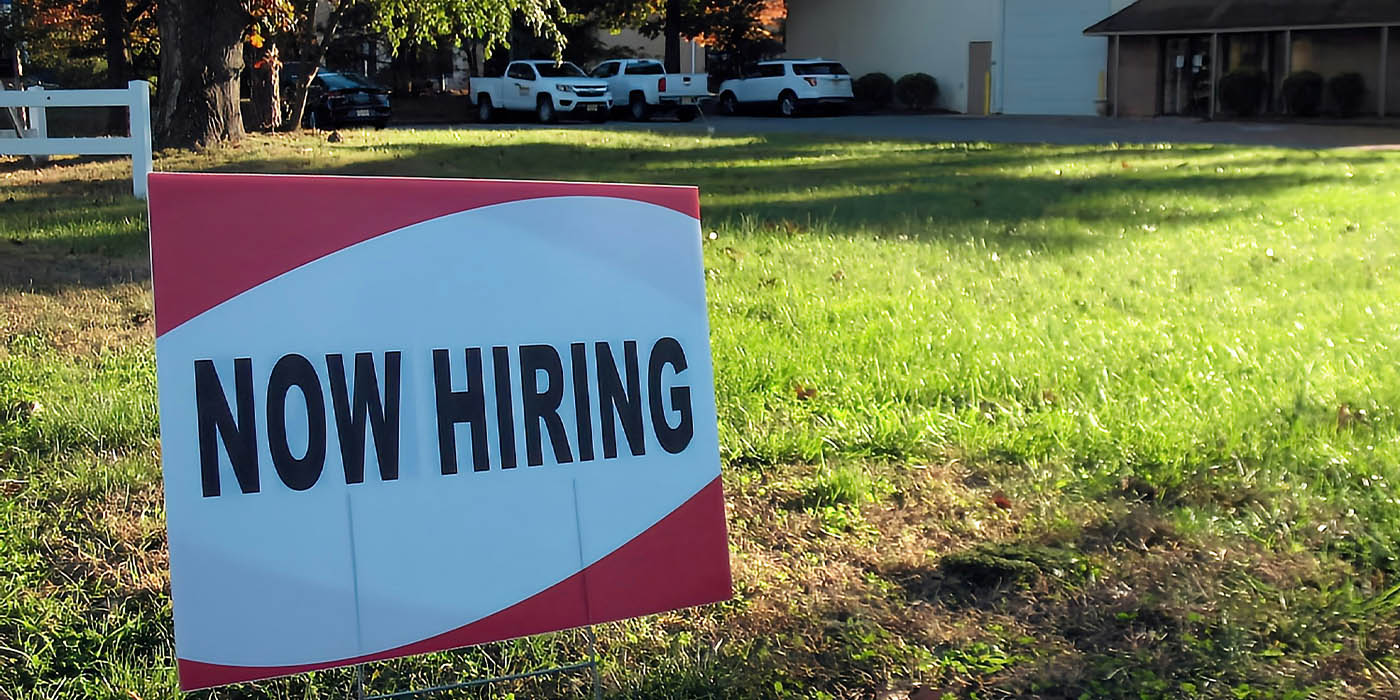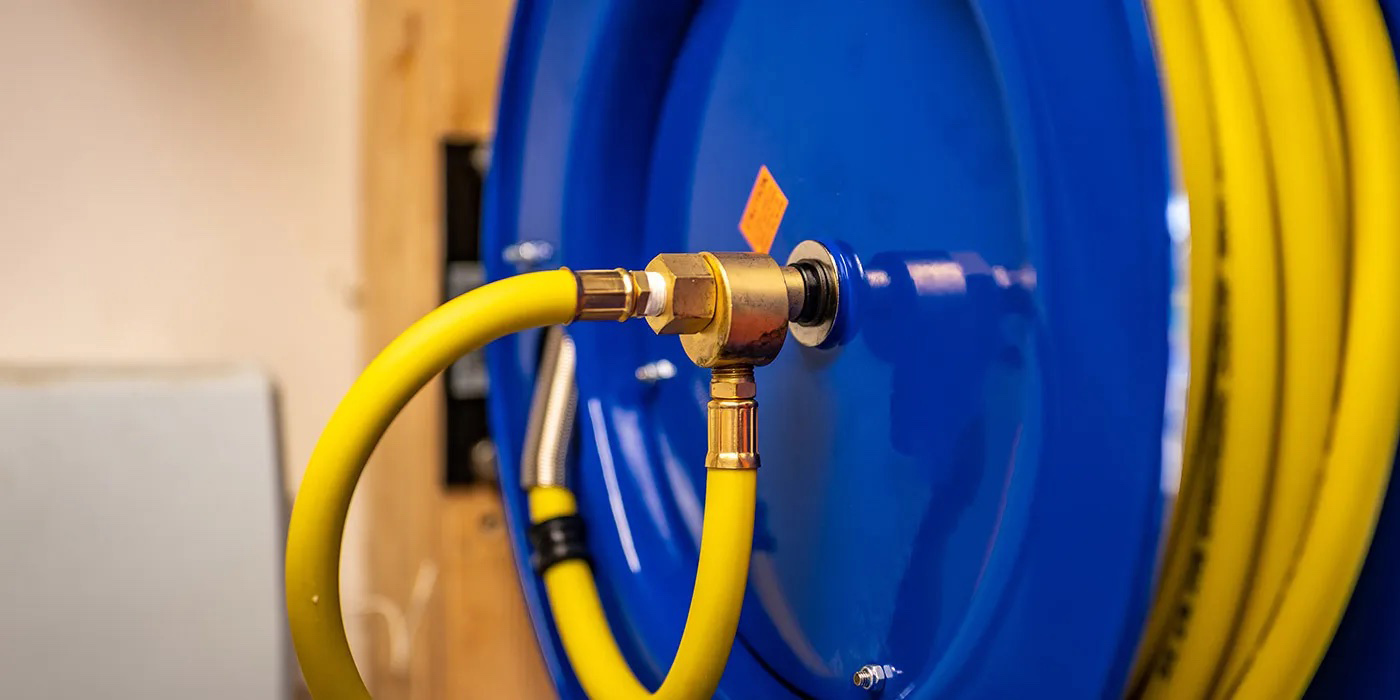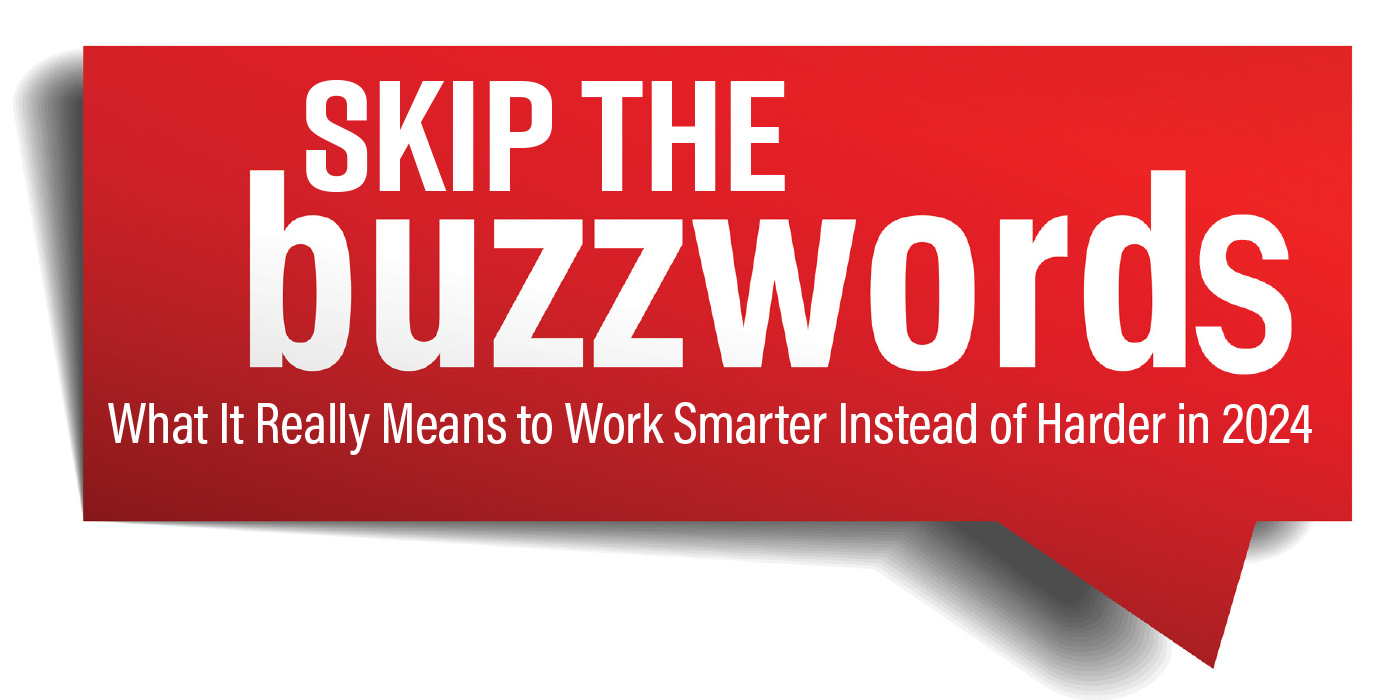At the end of 2016, shop owners were facing a federal overtime rule change that would have meant a significant increase in payroll. But thanks to action by a judge in late November, December 1 came and went without a major change to overtime pay.
If you’re breathing a sigh of relief because your pay plans aren’t suddenly out of compliance, I’ve got news for you: For successful shop owners, pay plans were always about more than compliance.
Getting compliant may save you money and keep the Department of Labor from hassling you, but it doesn’t do anything to create a team of caring, committed and loyal employees. Compliance doesn’t do anything to help you grow your shop and reduce your stress.
So, rather than using the judge’s ruling as a reason to relax again, let’s use it as a catalyst to look at what’s broken in most repair shop pay plans and how using a performance-based pay plan can change everything in your shop.
The ‘Old Way’ Doesn’t Work
One of the single biggest mistakes that shops make (and I’ve been in hundreds of shops and have seen every mistake under the sun) is paying employees a straight hourly wage.
If you’ve always wondered why it feels like you’re alone, trying to pull your shop to success instead of having a team that helps push, the first place to look is at how much of your team is paid a straight hourly rate.
That’s because an hourly rate is one of the most surefire ways to make your team care as little as possible about helping your shop grow. It breeds resentment, encourages laziness and makes everybody happy with giving a minimum effort. The culture in shops with straight hourly rates is only about showing up and putting in time.
In a nutshell, that’s the problem with making compliance your ultimate goal. The easiest way to get compliant is also the easiest way to ruin your employees and your customers: straight, no-frills hourly pay.
But if you’re ready to consider a new way of paying your employees that rewards them for helping to grow your shop, it’s important to note that cookie-cutter pay plans don’t work. Pay plans should be based on a specific shop and its unique employees. Owners can’t take a pay plan from another shop or another employee, or from somewhere off the Internet, then plug it in and expect it to work.
The right incentive-based pay plan is built around your shop. Plans should be tailored to your specific goals and needs, as well as the strengths and weaknesses of individual employees. When all three dynamics are balanced, this type of pay plan fosters a culture of success for the individual, the owner and the shop.
The Value to the Individual
I’m speaking not just from the perspective of an owner trying to build a team of winners, but also as a former service writer who saw just how life-changing an incentive pay plan can be.
When my life in the industry began, I was frustrated. It seemed like the guys causing the most trouble in the shop were making the most money, while the people working the hardest were bringing in peasant salaries. As a service writer, I was going out of my way to build relationships with customers, while techs could simply show up and bring home a decent paycheck. Whether or not that was the whole story, it felt unfair.
Finally, I had enough. I told the owner of the shop, Terry Keller, what I wanted to make, and when he stopped laughing, he agreed to devise a pay plan for me that gave me a clear path to that paycheck — all I had to do was grow the shop, transform its customer service, improve efficiency, hold the technicians accountable for better inspections and become a leader.
And you know what? The shop grew from $1.5 million to $3.5 million over the next three years. The culture changed dramatically from one of steady turnover to one of happy employees. Also, the customer base changed from one that was generating an average repair order in the low $100s to one of over $400 per order. The shop also began to win awards.
At every step, as I took on more responsibility and helped the shop grow, my income grew, my stress decreased and my trust in Terry Keller increased. That’s the value to the employee of basing pay on performance: a sense of ownership, a clear path to growing their income and a dedication to helping the shop grow.
A different pay plan is all it took for me to move from feeling stuck and frustrated, to feeling empowered and motivated.
The Value to the Owner
After seeing my plan work so well, Terry Keller and I both realized that we wanted everyone on our team to have great incentives.
An incentive pay plan gave me clear direction, both as a service advisor and then as a manager. I knew exactly where to focus my attention because I was rewarded for it. We wanted that for the entire team. It’s something every shop owner needs for themselves and for their employees.
When you manage a business, you have a lot of things requiring your attention, so sometimes it’s really hard to determine your priorities.
Under the old, broken system, managers would often put a tech in a bay and leave them alone with their work. But when pay is tied only to the hours they’ve billed, the tech may or may not be spending those hours doing the things you need them to do — like performing thorough inspections.
This can breed resentment from your hardest-working employees and foster laziness among those who work the least. Those negative emotions spread like a virus and can infect the whole shop.
For an owner, that means more time spent cleaning up messes instead of focusing on ways to grow the business. It means more effort hiring new employees when the frustrated ones quit or when you fire the lazy ones.
A carefully crafted incentive-based pay plan gives owners the ability to tell employees exactly what they expect and gives them a clear path to achieve it. It puts an end to employee resentment and constant griping because everyone has an opportunity to win, and everyone knows how to win.
The Value to the Shop
Perhaps the most important part of a performance-based pay plan is that it can’t be implemented in a vacuum — not successfully, anyway. The only way to make it work is to combine incentives with measurement so that employees know how they’re doing at hitting their goals and growing their income each day.
Because the shop is now incentivizing employees and measuring that progress daily, the shop gets laser-like focus for growing the right way. This forges a synchronized team that is focused exactly where it needs to be in order to grow the shop, which creates a culture of success.
Now instead of the owner feeling like he is pulling that shop toward success by himself, he has a whole team helping him advance the objectives of the business.
Incentive-based pay plans mean your employees can make more money by helping to grow the shop, and owners can focus more of their time on working “on” the business instead of “in” it. As the company grows and the numbers keep improving, everyone has more opportunities to succeed. The caveat is that you must make sure you’re incentivizing in the right way using the right metrics. It’s all too easy to create disincentives by making goals unachievable, or worse, too easily achieved.
If you’re going to build your own pay plan, beware of the pitfalls. If the plan doesn’t scale well, doesn’t avoid disincentives or doesn’t account for the fine details and off-chance possibilities, it could ruin the employee or even put you out of business.
When done right, an incentive-based pay plan is your key to building a successful culture. Combined with proper training, measurement and leadership, incentive-based pay allows you to clearly set expectations and pave the path toward success. The key is taking the initiative to make a change in how you operate in order to see growth.
Aligning Goals to Double Sales
A shop owner in Alabama put his service writer on an incentive-based pay plan in the late spring of 2014. His parts gross profit percentage was the first thing to noticeably improve.
By summer 2014, he had transitioned his techs to incentive-based pay, as well. This resulted in other key metrics increasing. His average repair order, for example, grew from $393 in May 2014 to $719 in May 2016.
Along with rewarding his employees for helping the shop grow, the owner focused his attention on inspection and process training. Shop productivity steadily increased; monthly sales grew from $39,000 in May 2014 to $65,000 in May 2016; and annual sales grew from $475,000 to $783,000 over those two years!
Imagine what a custom pay plan that rewards performance could do in your shop. It’s much more powerful than simply being compliant with federal regulations.















